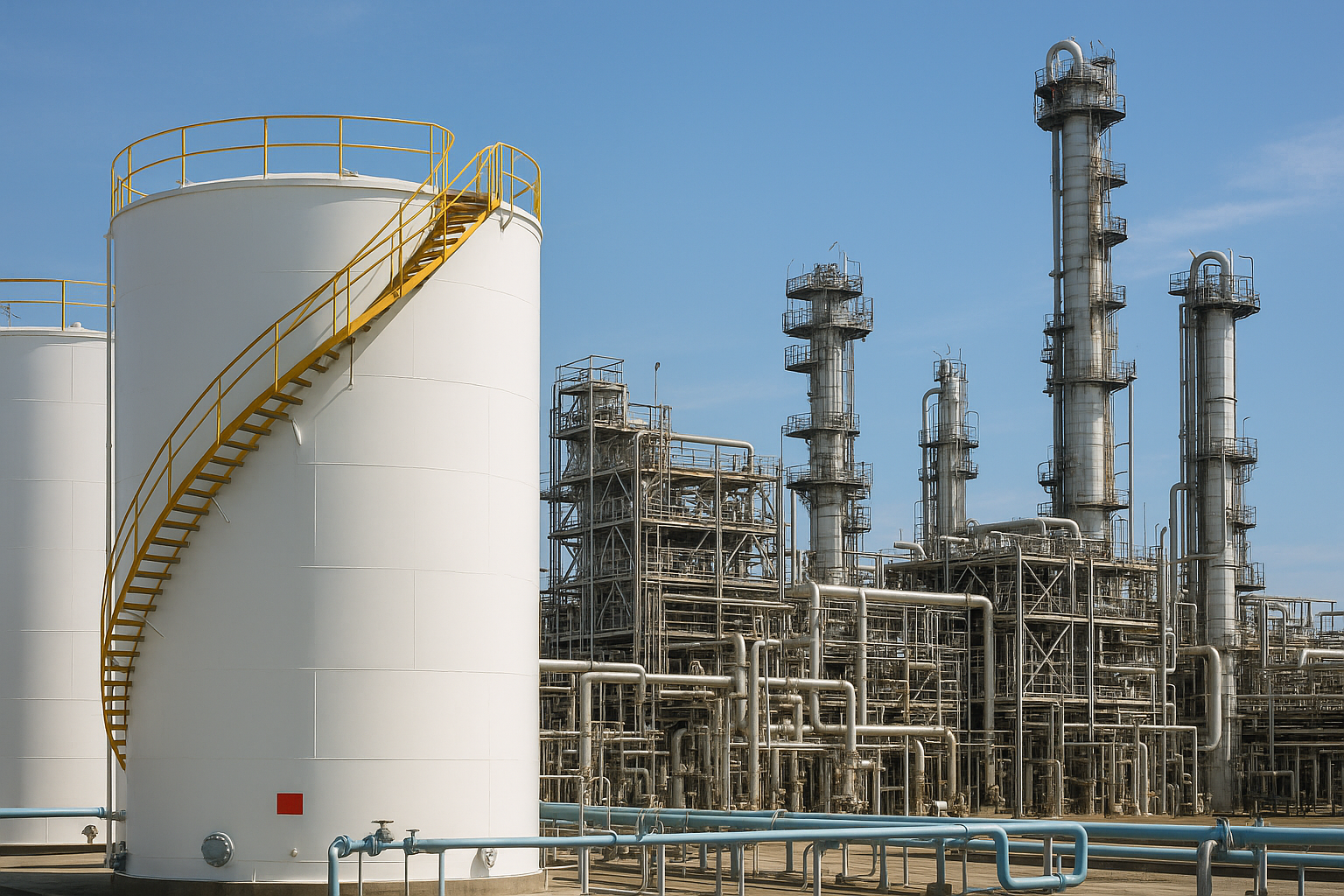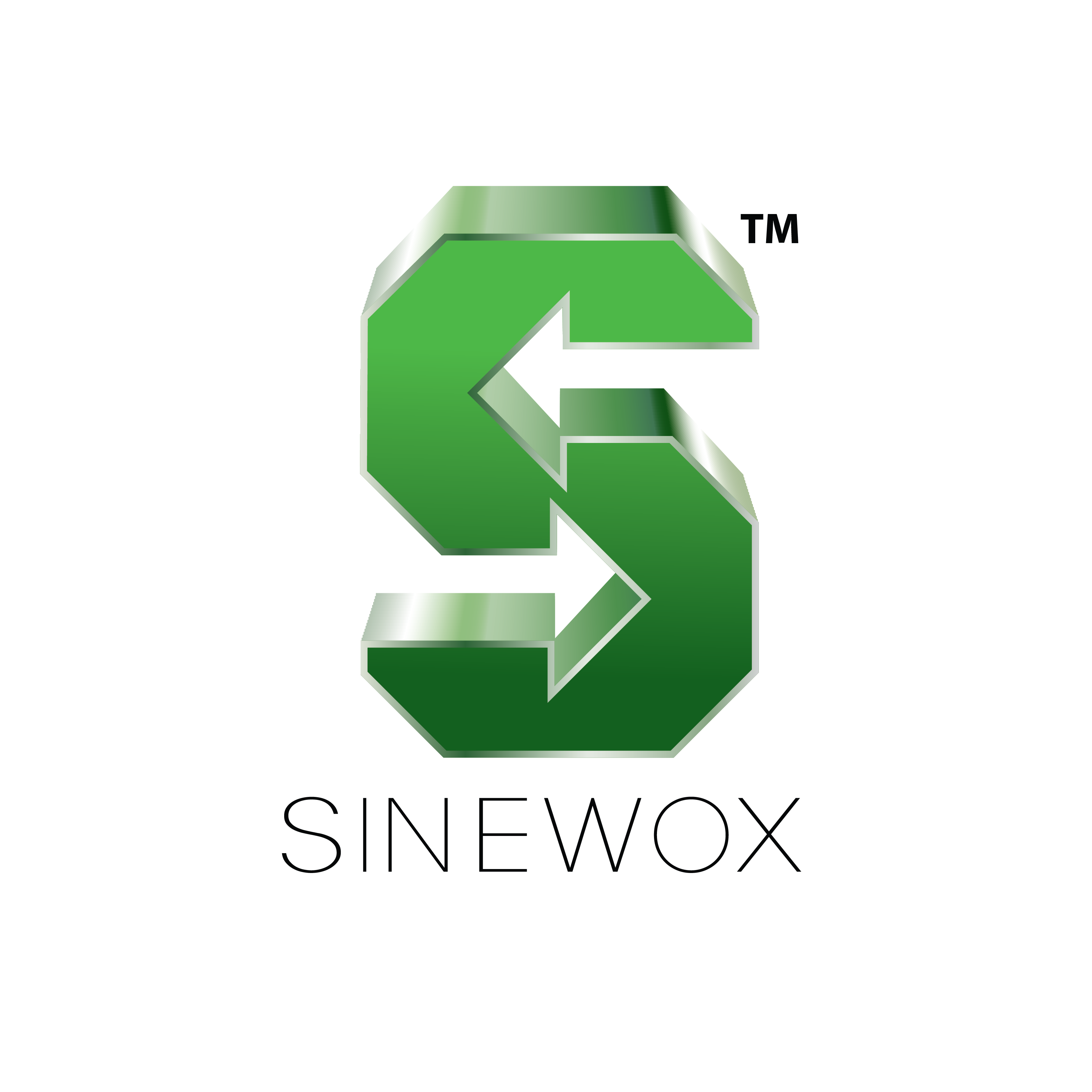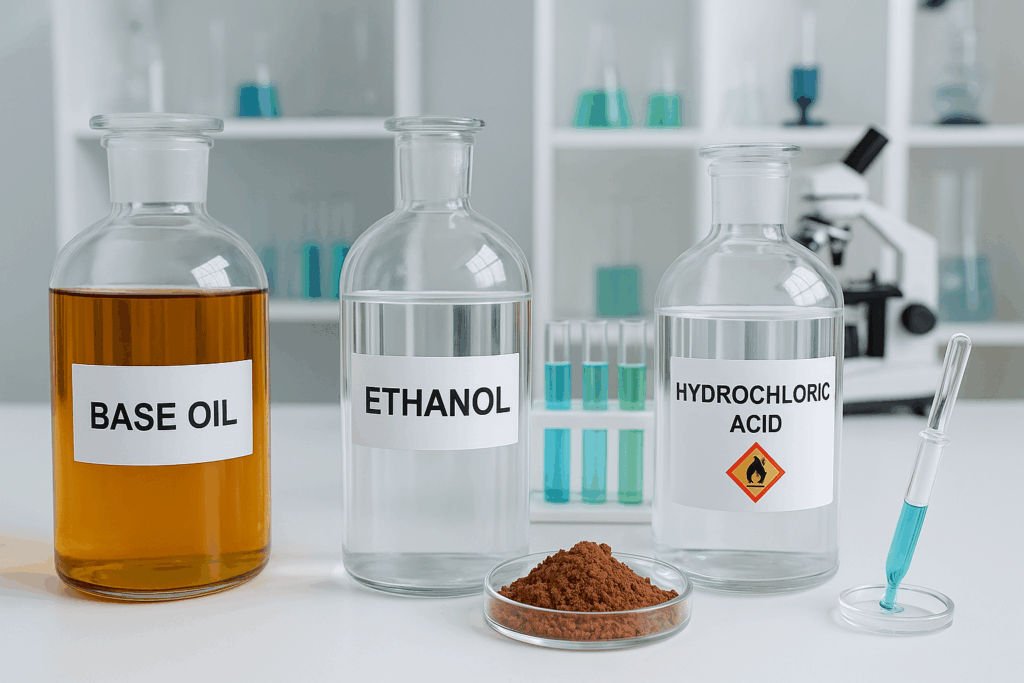Exploring the World of Industrial Chemicals: Sinewox as Your Premier Trading Partner

In today’s fast-paced industrial landscape, reliable access to high-quality chemicals, petrochemicals, and minerals is essential for businesses across sectors like manufacturing, energy, construction, and agriculture. At Sinewox, we pride ourselves on being a premier global trader, connecting suppliers and buyers with seamless logistics, competitive pricing, and unparalleled expertise. Our portfolio spans a wide range of essential products, ensuring we meet the diverse needs of our clients worldwide.
Whether you’re sourcing base oils for lubricants or iron ore for steel production, Sinewox delivers with a commitment to quality, sustainability, and efficiency. In this blog, we’ll dive into an overview of key substances in our trading lineup, highlighting their definitions, properties, common uses, and crucially, the market dynamics driving demand in 2025 and beyond. Drawing from the latest industry insights, we’ll show why these materials are indispensable and how Sinewox can help you capitalize on emerging opportunities.
A Structured Overview of Essential Industrial Substances
Below is a comprehensive table summarizing the key products we trade at Sinewox. We’ve included definitions, properties, and common uses based on standard industry knowledge. To provide deeper value, we’ve added a new column on “Market Use and Need,” incorporating current market sizes, growth rates, and demand drivers. This data underscores the robust opportunities in these sectors, where Sinewox excels in facilitating bulk trades and long-term contracts.
| Term | Description | Key Properties | Common Uses | Market Use and Need |
|---|---|---|---|---|
| Base Oil | Base oil is the primary component in lubricants, refined from crude oil to produce products like motor oil and greases. It’s classified into groups (I-V) by the API based on purity, saturates, sulfur content, and viscosity index (VI). Group I is solvent-refined (VI 80-120), while Group V includes synthetics like esters. | Viscosity varies by temperature; high oxidative stability in higher groups; low sulfur (≤0.03% in Groups II+); density ~0.8-0.9 g/cm³. | Manufacturing motor oils, greases, and metalworking fluids; blended with additives for enhanced performance. | Global market size around $35-36 billion in 2025, growing at 6% CAGR, driven by automotive and industrial lubrication needs amid rising vehicle production and machinery in emerging economies. |
| RPO (Rubber Process Oil) | RPO is a specialty petroleum-derived oil used as a plasticizer in rubber formulations to improve processing. Types include aromatic (high solvency), paraffinic (good oxidation stability), and naphthenic (balanced viscosity). | Kinematic viscosity 20-50 cSt at 100°C; flash point >200°C; aniline point varies by type (low for aromatic, high for paraffinic); sulfur content <1%. | Enhancing rubber mixing, extrusion, and flexibility in tires, hoses, belts, and seals; reduces viscosity and improves filler dispersion. | Market volume ~3.7 million tons in 2025, with 3-4% CAGR, fueled by tire manufacturing and automotive growth in Asia-Pacific. |
| Sulfur | Sulfur is a nonmetallic chemical element (symbol S, atomic number 16) essential for life, occurring as sulfides/sulfates or elemental forms. Common allotropes include rhombic (stable) and monoclinic. | Bright yellow solid; melting point 115°C; insoluble in water; electronegativity 2.58; oxidation states -2 to +6. | Fertilizers (via sulfuric acid); vulcanization of rubber; fungicides, insecticides; gunpowder; paper bleaching. | Market size $15-16 billion in 2025, 8% CAGR, driven by fertilizer demand in agriculture and sulfuric acid for mining/chemicals. |
| Polymer | A polymer is a large molecule (macromolecule) made of repeating monomer units, either natural (e.g., DNA, rubber) or synthetic (e.g., polyethylene). Types: homopolymers (one monomer), copolymers (multiple); linear, branched, or cross-linked. | High molecular weight; viscoelastic; glass transition temperature (Tg); tensile strength increases with chain length; insoluble in many solvents. | Plastics (e.g., bottles, bags); fibers (clothing); rubbers (tires); adhesives; coatings. | Vast market at $800-900 billion in 2025, 5% CAGR, needed for packaging, automotive, and sustainable alternatives amid plastic waste concerns. |
| Grease | Grease is a semisolid lubricant made by dispersing thickeners (e.g., soaps) in base oil, often with additives. Types: lithium-based (general-purpose), calcium-based (water-resistant), silicone (lab use). | Shear-thinning; dropping point 190-220°C (lithium); NLGI consistency grades 000-6; base oil 55-95%. | Bearings, chassis, gears; seals against water; food-grade for machinery. | Market size $6.8-7 billion in 2025, 4% CAGR, driven by industrial machinery and transportation maintenance. |
| MEG (Monoethylene Glycol) | MEG is an organic diol (C₂H₆O₂), a colorless, sweet-tasting liquid produced from ethylene oxide. | Boiling point 197°C; freezing point -13°C; miscible with water; toxic (LD50 ~786 mg/kg). | Antifreeze/coolants; polyester fibers/resins (PET); de-icing fluids; natural gas dehydration. | Market $27-32 billion in 2025, 3-6% CAGR, essential for PET bottles and antifreeze in growing textile/auto sectors. |
| DEG (Diethylene Glycol) | DEG (C₄H₁₀O₃) is a hygroscopic solvent, a dimer of ethylene glycol, produced as a byproduct of MEG. | Boiling point 245°C; freezing point -10°C; miscible with water; toxic (LD50 2-25 g/kg). | Polyester resins; brake fluids; inks/glues; natural gas dehydration. | Size ~$2.9-3.5 billion in 2025, 4% CAGR, used in coatings and resins with demand from construction boom. |
| TEG (Triethylene Glycol) | TEG (C₆H₁₄O₄) is a viscous, hygroscopic liquid, a higher homolog of MEG/DEG. | Boiling point 285°C; freezing point -7°C; miscible with water; low toxicity. | Natural gas desiccant; plasticizers; air sanitizers; brake/hydraulic fluids. | Market ~$0.7-1.7 billion in 2025, 3-4% CAGR, driven by natural gas processing and energy sector expansion. |
| MEA (Monoethanolamine) | MEA (C₂H₇NO) is a bifunctional compound (amine and alcohol), a colorless liquid with ammonia odor. | Boiling point 170°C; pKa 9.5; miscible with water; corrosive. | Gas scrubbing (CO₂/H₂S removal); detergents; pharmaceuticals; pH regulator in cosmetics. | Size ~$2.4 billion in 2025, 5% CAGR, needed for gas treatment and personal care amid energy and hygiene demands. |
Paraffin Wax | Paraffin wax is a solid hydrocarbon mixture (C₂₀-C₄₀) from petroleum, colorless and odorless. | Melting point 46-68°C; insoluble in water; heat of fusion 200-220 J/g. | Candles; waterproofing; crayons; food packaging; investment casting. | Market $5-6 billion in 2025, 5-6% CAGR, driven by cosmetics, packaging, and consumer goods growth. |
| Normal Paraffin | Normal paraffins are straight-chain alkanes (CₙH₂ₙ₊₂, n=10-20 typically), unbranched hydrocarbons from petroleum. | Liquid or solid; boiling points increase with chain length; inert. | Detergents (via LAB); fuels; lubricants; paraffin wax production. | Size ~$14 billion in 2025, 4-5% CAGR, as feedstock for surfactants in cleaning products. |
| LAB (Linear Alkylbenzene) | LAB (C₆H₅CₙH₂ₙ₊₁, n=10-16) is an organic compound from benzene and linear olefins. | Colorless liquid; density 0.863 g/cm³; insoluble in water. | Surfactants (LAS for detergents); neutrino detectors. | Market $10 billion in 2025, 3-4% CAGR, essential for household detergents with rising urbanization. |
| Caustic Soda (Sodium Hydroxide) | Caustic soda (NaOH) is a strong base, white solid or solution, highly corrosive. | Melting point 323°C; highly soluble in water (exothermic); pH >13. | Soap/paper production; water treatment; food processing (e.g., pretzels); drain cleaners. | Size $52 billion in 2025, 4% CAGR, driven by water treatment and manufacturing in urbanizing regions. |
| Soda Ash (Sodium Carbonate) | Soda ash (Na₂CO₃) is an alkaline salt, white powder or crystals, from mining or synthesis. | Melting point 851°C; soluble in water; pH ~11. | Glass manufacturing; detergents; water softening; food additive (E500). | Market $20-22 billion in 2025, 3-4% CAGR, fueled by glass for construction and detergents. |
| Slack Wax | Slack wax is a semi-refined petroleum byproduct, a mixture of 5-30% oil and wax from lube oil dewaxing. | Melting point 50-70°C; yellow/brown; oil content 5-30%. | Raw material for paraffin wax; candles; waterproofing; adhesives; rust preventives. | Size ~$4 billion in 2025, 2-3% CAGR, as intermediate for waxes in consumer and industrial applications. |
| Methanol | Methanol (CH₃OH) is the simplest alcohol, a volatile liquid from synthesis gas. | Boiling point 65°C; miscible with water; toxic (causes blindness). | Formaldehyde/acetic acid production; antifreeze; fuels; solvents. | Market $45 billion in 2025, 4% CAGR, growing as chemical feedstock and green fuel alternative. |
| Hydrocarbon Fuel Oil | Hydrocarbon fuel oil is a petroleum fraction (distillate or residual), heavier than gasoline, used for heating/power. | Viscosity varies (low for No. 2 diesel, high for No. 6 bunker); sulfur <0.5% in many regs; density 0.95-1.03. | Heating homes; marine bunkers; power generation; industrial boilers. | Steady demand in marine and power sectors, but shifting to low-sulfur variants due to IMO regulations; prices stable around $60-80/bbl in 2025. |
| Iron Ore | Iron ore is a mineral rock (e.g., hematite, magnetite) mined for iron extraction, mainly oxides. | Iron content 55-72%; colors vary; mined from banded formations. | Steel production (98% use); pig iron in blast furnaces. | Market value ~$280-290 billion in 2025, driven by steel demand in infrastructure; supply growth from Brazil/Australia. |
| DEA (Diethanolamine) | DEA (C₄H₁₁NO₂) is a viscous amine-diol, used as a weak base. | Melting point 28°C; miscible with water; possible carcinogen. | Gas sweetening (H₂S/CO₂ removal); surfactants in shampoos; corrosion inhibitors. | Market $0.9-1.3 billion in 2025, 4-5% CAGR, for gas processing and cosmetics in energy/personal care industries. |
Market Trends and Opportunities in 2025
As we navigate 2025, the global chemicals and minerals market is poised for steady growth, projected at 4-6% overall, fueled by industrialization in Asia-Pacific, sustainability pushes, and recovery in manufacturing post-global disruptions. Demand for petrochemicals like MEG and LAB is surging due to consumer goods and detergents, while minerals like iron ore benefit from infrastructure booms. However, challenges like supply chain volatility and regulatory shifts (e.g., low-sulfur fuels) highlight the need for a trusted trader like Sinewox.
At Sinewox, we mitigate these risks with diversified sourcing, real-time market intelligence, and flexible delivery options. Our expertise ensures you get the right product at the right price, whether in barrels, metric tons, or bulk shipments.
Why Partner with Sinewox?
- Global Network: Access to top suppliers in the Middle East, Asia, and beyond for competitive pricing.
- Quality Assurance: Compliance with international standards like API and IMO.
- Custom Solutions: Tailored contracts for spot or long-term needs.
- Sustainability Focus: Promoting eco-friendly variants, like low-sulfur options.
Ready to secure your supply chain? Contact Sinewox today for quotes on any of these products. Let’s fuel your success in 2025 and beyond!

